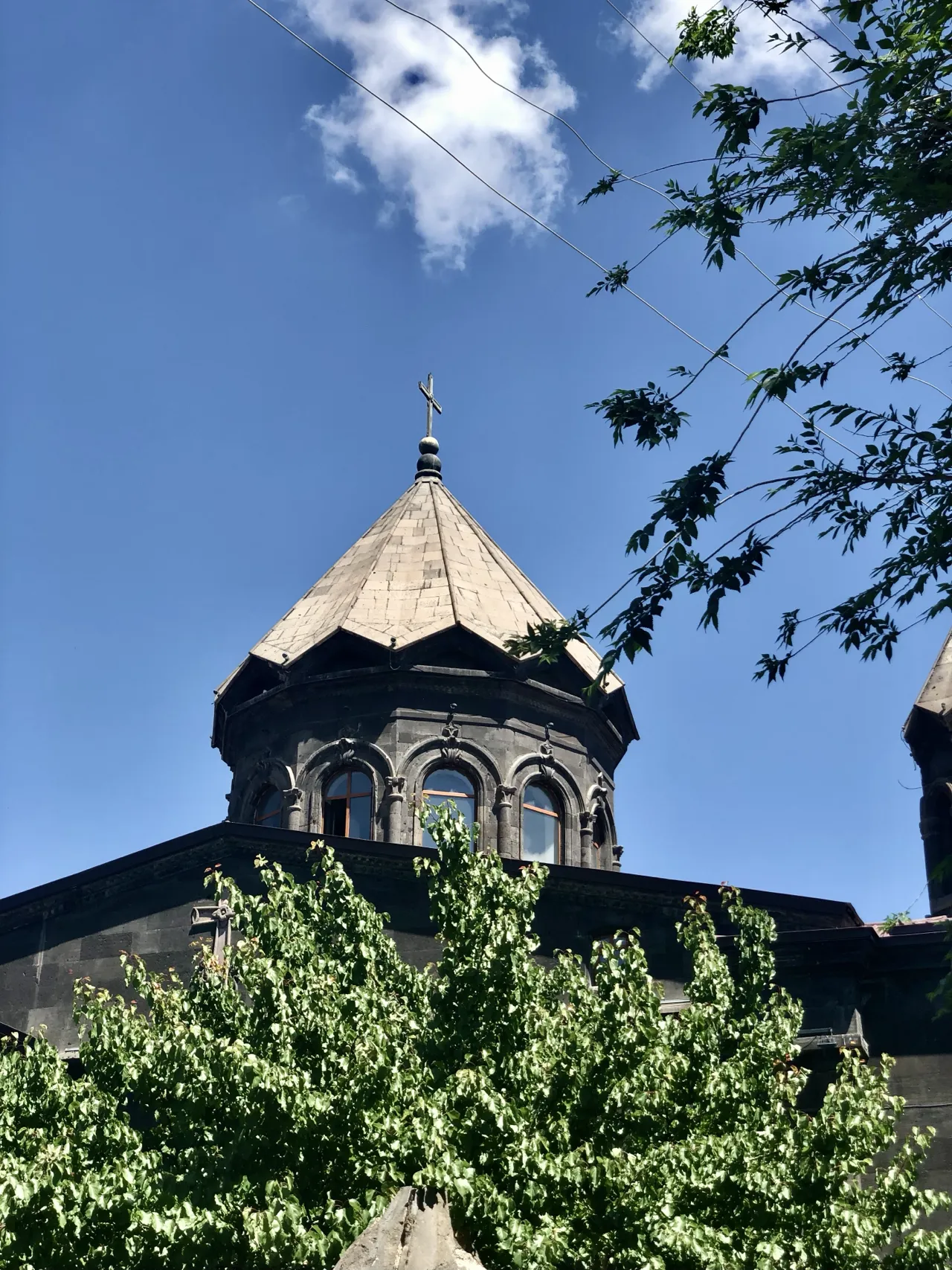Yot Verk Matur: An In-Depth Historical Analysis
Yot Verk Matur, also known as the Church of the Four Martyrs, stands as a significant monument in Armenian history. This church, located in the town of Shushi in the Nagorno-Karabakh region, offers a rich tapestry of cultural and historical insights. Built in the 19th century AD, it serves as a testament to the resilience and faith of the Armenian people.
Get your dose of History via Email
Historical Context
The construction of Yot Verk Matur began in 1847 AD and concluded in 1848 AD. This period marked a time of relative stability in the region, allowing for the flourishing of Armenian culture and religious expression. The church was dedicated to four martyrs, whose identities remain a subject of scholarly debate. Some sources suggest they were early Christian martyrs, while others propose they were local figures who suffered during regional conflicts.
Architectural Features
Yot Verk Matur exemplifies traditional Armenian church architecture. The structure features a cruciform layout, a common design in Armenian ecclesiastical buildings. The central dome, supported by four pillars, dominates the interior space. This architectural choice not only enhances the aesthetic appeal but also improves the acoustics, making it ideal for liturgical services.
The exterior of the church showcases intricate stone carvings, a hallmark of Armenian craftsmanship. These carvings often depict religious iconography, including crosses and biblical scenes. The use of local stone materials further ties the church to its geographical and cultural context.

Cultural Significance
Yot Verk Matur holds immense cultural significance for the Armenian community. It serves as a place of worship and a symbol of Armenian heritage. The church has witnessed numerous historical events, including periods of conflict and peace. Its survival through these tumultuous times underscores its importance to the local population.
The church also plays a role in various religious festivals and ceremonies. These events attract not only locals but also visitors from other regions, thereby fostering a sense of community and shared identity. The church’s role in these activities highlights its enduring relevance in contemporary Armenian society.
Preservation Efforts
Preserving Yot Verk Matur poses several challenges. The region’s political instability has often hindered conservation efforts. However, various organizations, both local and international, have undertaken initiatives to protect and restore the church. These efforts include structural repairs, documentation of historical features, and promotion of the site as a cultural heritage landmark.
The involvement of the Armenian Apostolic Church in these preservation activities further emphasizes the church’s religious and cultural importance. By maintaining Yot Verk Matur, these efforts ensure that future generations can appreciate its historical and architectural value.
Conclusion
Yot Verk Matur stands as a remarkable example of Armenian religious architecture and cultural heritage. Its historical significance, architectural features, and role in the community make it a subject worthy of academic study. Preservation efforts continue to play a crucial role in safeguarding this important monument for future generations. As scholars and historians, we must continue to explore and document such sites to enrich our understanding of human history and culture.
Sources:

